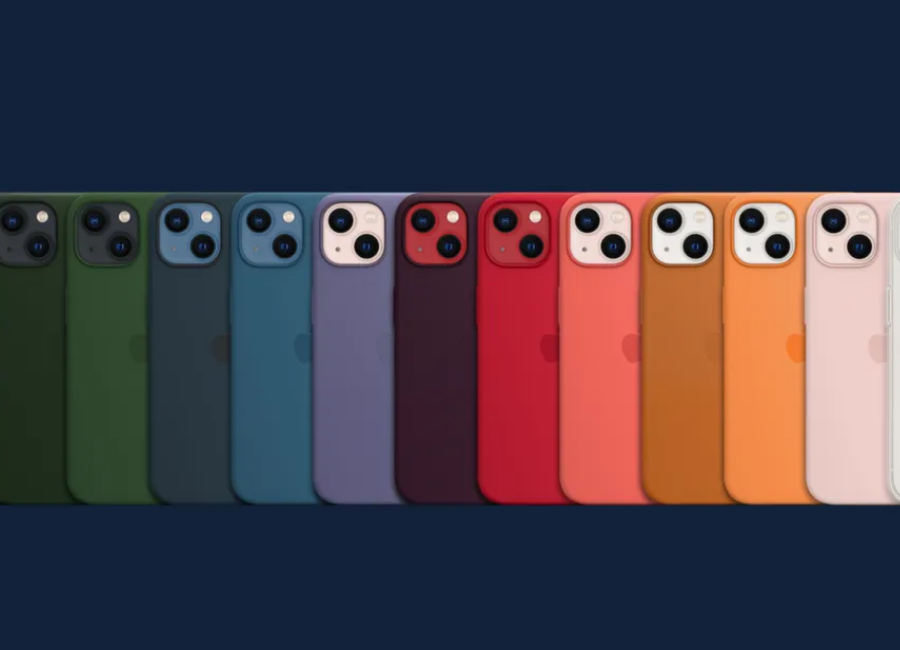Apple’s revenue in India grew by a remarkable 45% in the fiscal year 2022, reaching $4 billion (approximately ₹33,000 crore). During Q4 2022, the company also achieved its highest-ever iPhone sales in India, according to a statement by CEO Tim Cook, indicating “very strong double-digit growth in India.” Notably, these sales were achieved with the highest-ever average selling price for iPhones.
In 2021, Apple shipped around 4.8 million iPhone units in India, a nearly 75% increase from 2020. Estimates suggest that Apple sold approximately 7 million iPhones in India in 2022, a substantial growth from the less than 2 million units sold in 2018.
The key driver behind this remarkable sales growth is the availability of affordable equated monthly installments (EMIs). Apple, traditionally an aspirational brand with premium pricing, has broken into the upper-middle-class segment in India through innovative pricing strategies. For instance, the iPhone 14, which retails at ₹79,900, can be acquired for a monthly EMI as low as ₹9,404 at Apple stores. On platforms like Amazon, the iPhone 14 is available for ₹78,400, with EMIs starting at just ₹3,746. These attractive EMI options make Apple products accessible to a broader audience, including students who can now afford an iPhone or a Mac with their pocket money.
This shift towards accessible EMI pricing signifies a transformation in Apple’s market approach compared to the era of Steve Jobs, where innovation primarily focused on product features and design. While the latest iPhones may not exhibit revolutionary differences compared to previous models, Apple’s innovation now extends to the complete product offering, including affordability and accessibility, disrupting the Indian market by making high-end Apple devices available to a more extensive consumer base.
This strategy emphasizes the importance of looking beyond the core product or service and addressing the entire ecosystem, which includes financial accessibility, distribution, availability, and innovative pricing to reach new markets effectively. Similar to companies like Uber, Airbnb, and OYO, which didn’t revolutionize core services but innovated in how customers access and experience those services, Apple has found success by expanding the reach of its premium products through EMI-driven accessibility.






